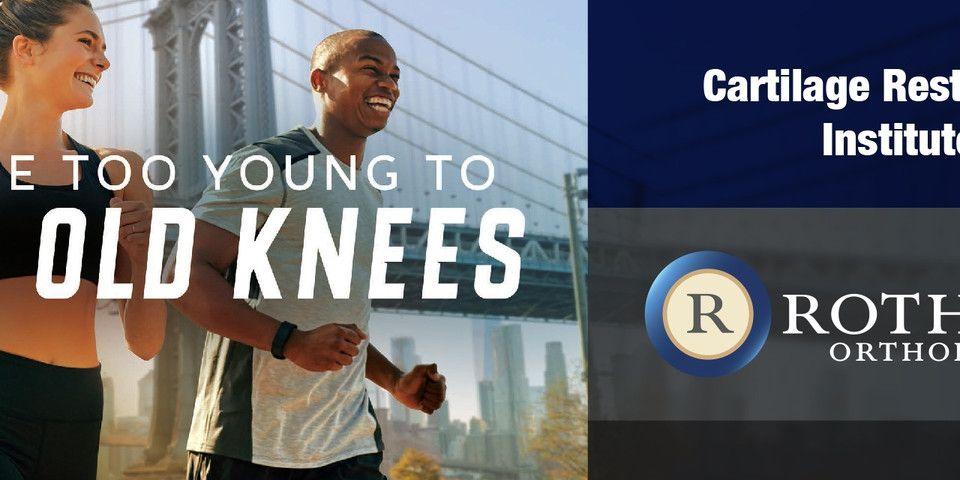3 Non-Surgical Foot and Ankle Treatments
Non-Operative Foot and Ankle Treatments
Pain, stiffness, swelling, tenderness, or tingling in the feet or ankles can be an indication of a wide variety of potential injuries and conditions. While these symptoms may be alarming, only a small number of foot and ankle injuries end up actually requiring surgery. In fact, if you’re here looking for information on foot and ankle pain causes and treatment, we have good news for you. Most pain can be resolved through conservative, nonsurgical foot and ankle treatment methods.
Foot and Ankle Pain
There are a variety of potential causes for foot and ankle pain. Our team of specialists here at Rothman Orthopaedic Institute in Pennington see patients who are dealing with:
-
Traumatic injuries (often these are sport or accident related)
-
Arthritis
-
Common conditions caused by general irritation
-
Nerve compression
Whether the root cause of your symptoms is something as basic as wearing unsupportive shoes or as startling as an acute injury (sprains, fractures, etc.), there are a range of conservative treatments that can and should be implemented prior to pursuing a surgical approach.
Your doctor will discuss possible treatment options with you and educate you on how to work toward stabilization and recovery of your injury. A good orthopaedic Foot and Ankle specialist will start with R.I.C.E.:
-
Rest
-
Ice
-
Compression
-
Elevation
3 Non-Surgical Foot & Ankle Treatment Methods
Outside of the basics of R.I.C.E, there are a few more nonsurgical foot and ankle treatment methods that prove highly effective for many patients complaining of pain, stiffness or swelling.
-
Physical Therapy & Stretching: Your physician may recommend physical therapy to strengthen an injured foot or ankle. They also may give you certain stretches to do on your own at home. We recommend using a foam roller for a therapeutic stretch/massage on your calves and arches. Remember, it’s always important to continue stretching regularly, even after symptoms are gone.
-
Shoe Selection: This is a simple adjustment, but a very important one. In some cases, foot and ankle issues are caused or further irritated by poor shoe selection. Dress shoes are a common culprit. Ask your doctor about the best dress shoes for arthritic feet to ensure you’re giving your arch and heel the best possible support during the workday.
When you’re looking for the best shoes for foot pain relief, your physician should be a great resource, but you can also take advantage of this list of the 16 top shoes for arch support. Always avoid shoes that:-
Are totally flat
-
Have a high heel
-
Are too tight
Instead, look for footwear that has:
-
A reasonable size heel
-
Soft leather uppers
-
Shock absorbing soles
-
Removable foot insoles
-
-
Orthotics: Ankle injuries often benefit from the use of a brace (or tape during athletic activity). Talk to an orthopaedic foot and ankle doctor about supportive splints, braces, or other orthotics that may help support an injured ankle or prevent recurring injuries. Even broken bones that are well-splinted can heal on their own without surgery, making this option a valuable approach to nonsurgical foot and ankle treatment.
As always, if you’d like to set up an appointment with a Rothman Orthopaedic Institute Foot and Ankle specialist in Pennington, you can use our online form or call us directly at 1-800-321-9999. We look forward to working with you to help you relieve pain and restore mobility!
Related Physicians
Locations
Related Specialties
Related Treatments
Related Programs
-

Cartilage Restoration Institute
This is a center where patients can go to have their disabled joint biological resurfaced, realigned, and stabilized without having the joint replaced by artificial materials such as metal and plastic. It is well known that the outcomes of patients under the age of 50 undergoing artificial joint replacement are not as good as we would like. Therefore we feel the future of Orthopaedics is to try to restore a joint back to its original anatomy by realignment, ligament reconstruction, and cartilage restoration.Read More




